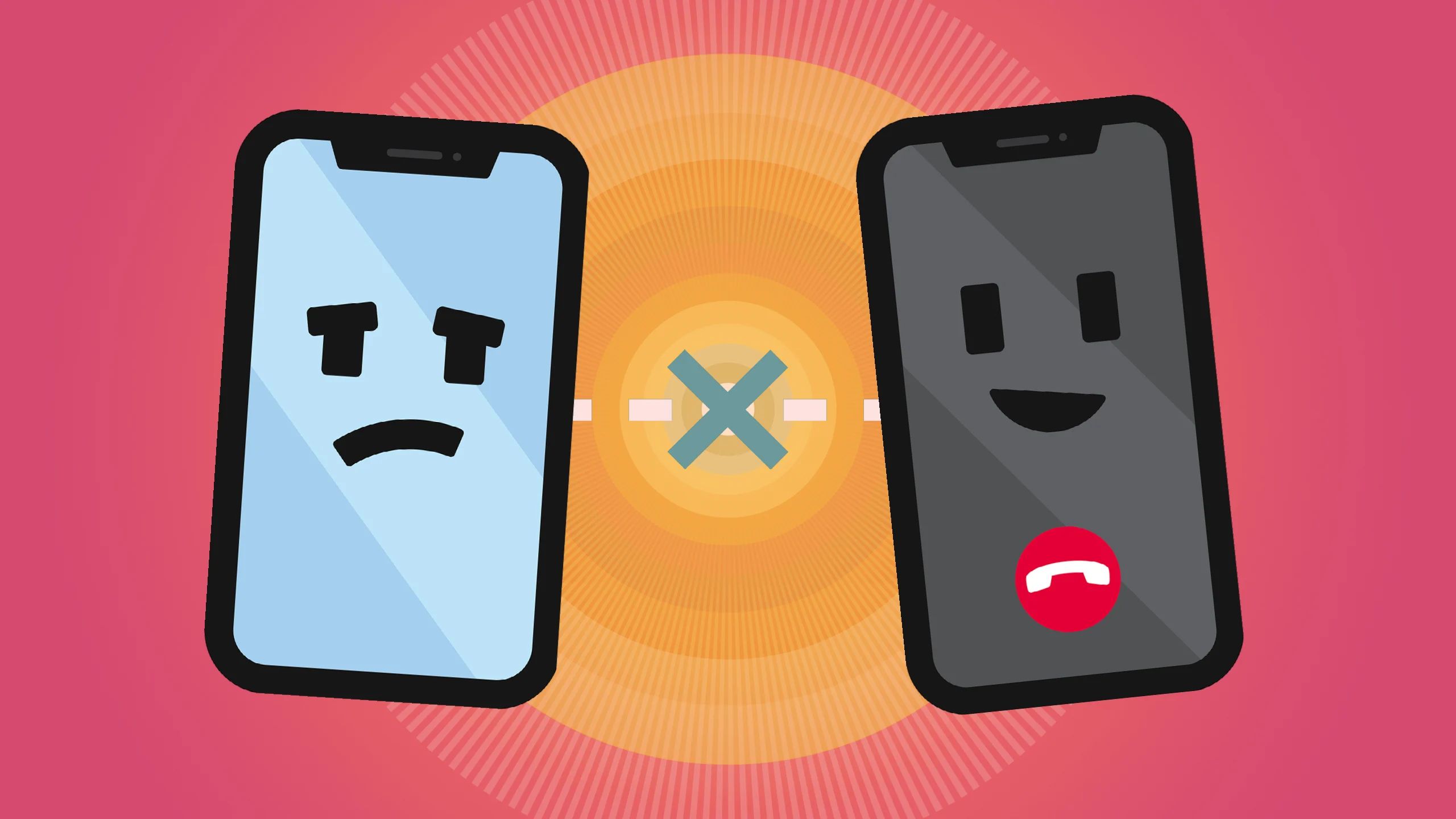
24 Jun ADVERTISING FUTURIST: MARKETING TO TOMORROW’S SHOPPERS
Quiz your favorite advertising futurist or keynote speaker, and they’ll tell you that the field is persistently dynamic, evolving and adapting to consumer trends, technological advancements, and the rapidly shifting societal landscape. In the digital age, after all, advertisers and marketers are tasked with not just selling a product, but crafting a compelling narrative around it. As advertising futurists ourselves, let’s take a quick tour of some of the most promising new developments we’re seeing as of late.
1. Immersive Advertising
The traditional, static banner ad has been replaced with an immersive experience. With the advent of augmented reality (AR) and virtual reality (VR) technologies, brands can now engage customers in interactive ways. In the former case, AR allows consumers to visualize products in their own environment, enhancing the decision-making process. Similarly, VR enables consumers to experience services in a lifelike simulation. Companies like IKEA and Sephora have already adopted these extended reality (XR) solutions, allowing customers to “try before they buy”.
2. Voice and Audio Marketing
Voice-activated smart devices such as Amazon’s Alexa and Google Home have given rise to voice advertising as well. Businesses are exploiting the rising popularity of podcasts, smart speakers, and audio streaming services to deliver personalized voice ads. This unobtrusive advertising is particularly effective because it doesn’t interrupt user experience, instead integrating smoothly into daily routines.
3. Programmatic Advertising
Of course, programmatic advertising continues to dominate the digital advertising landscape, with AI-powered algorithms optimizing the ad-buying process. By leveraging user data, these algorithms can pinpoint the best ad placements, targeting strategies, and optimal times for ad exposure. This level of automation and efficiency is set to redefine the future of digital marketing.
4. Social Commerce
Social media platforms are increasingly offering in-app shopping experiences as well. With Instagram Shopping, Pinterest’s Shop the Look Pins, and Facebook Marketplace, social commerce is on the rise. These platforms allow brands to seamlessly merge social interactions with shopping experiences, connecting customers with products more efficiently than ever.
5. Personalized and Contextual Advertising
Personalization is not new in advertising, but with big data and machine learning, it has reached new heights. Businesses are now able to create highly personalized ads based on user behavior, preferences, and real-time context. This deep level of personalization increases relevance, enhancing the overall user experience.
6. Sustainability in Advertising
A significant trend today that advertising futurists and keynote speakers often focus on too is the move towards sustainable advertising. Consumers are more conscious about their environmental footprint, and businesses are expected to align with these values. Brands are investing in eco-friendly advertising strategies, emphasizing their sustainability initiatives in their marketing campaigns to attract socially and environmentally conscious consumers.
7. Blockchain in Advertising
Curiously, blockchain technology is also finding its way into advertising, promising increased transparency, reduced ad fraud, and efficient transactions. This tech can track every impression, click, and conversion, providing a transparent view of the ad’s journey.



